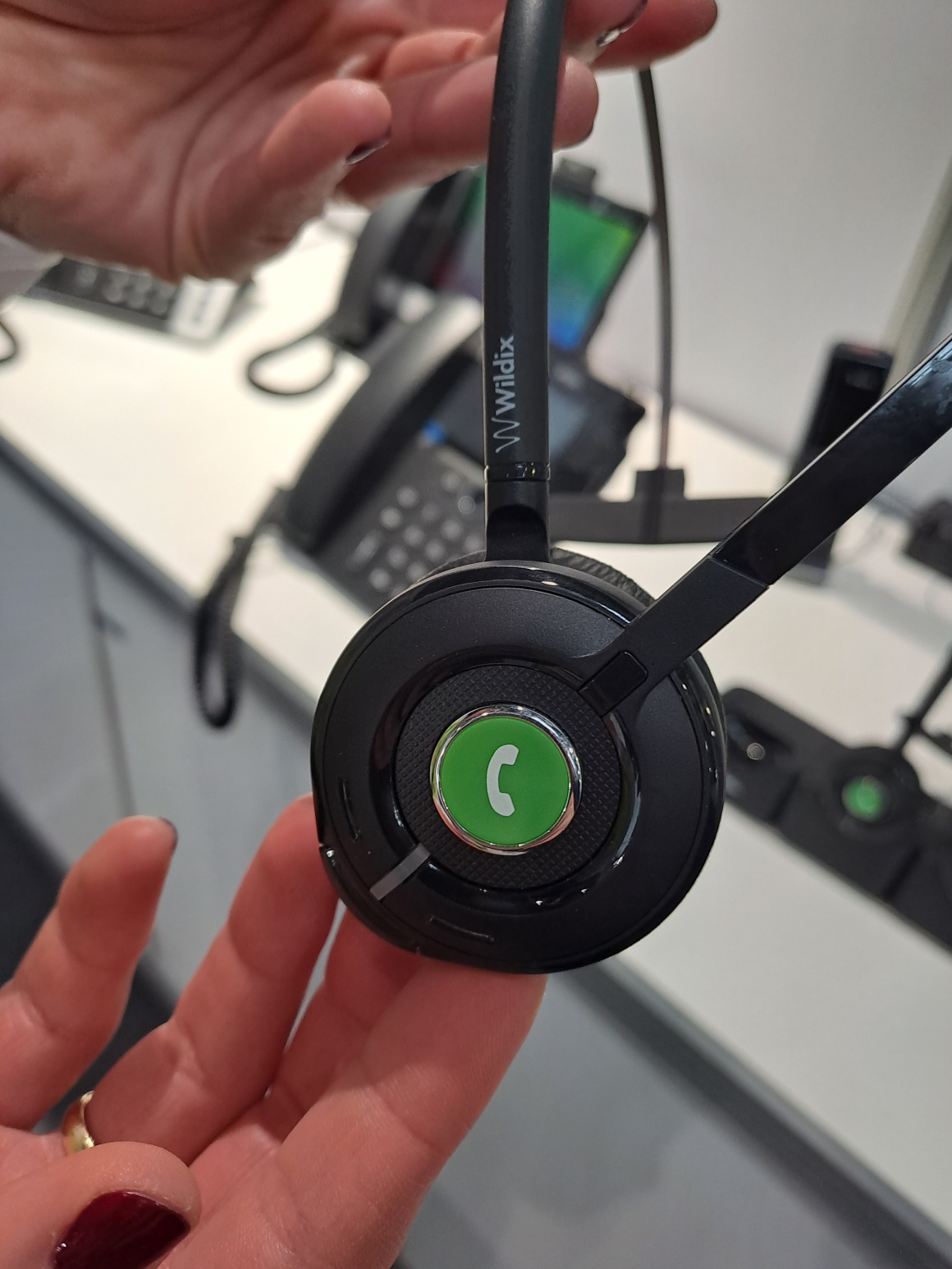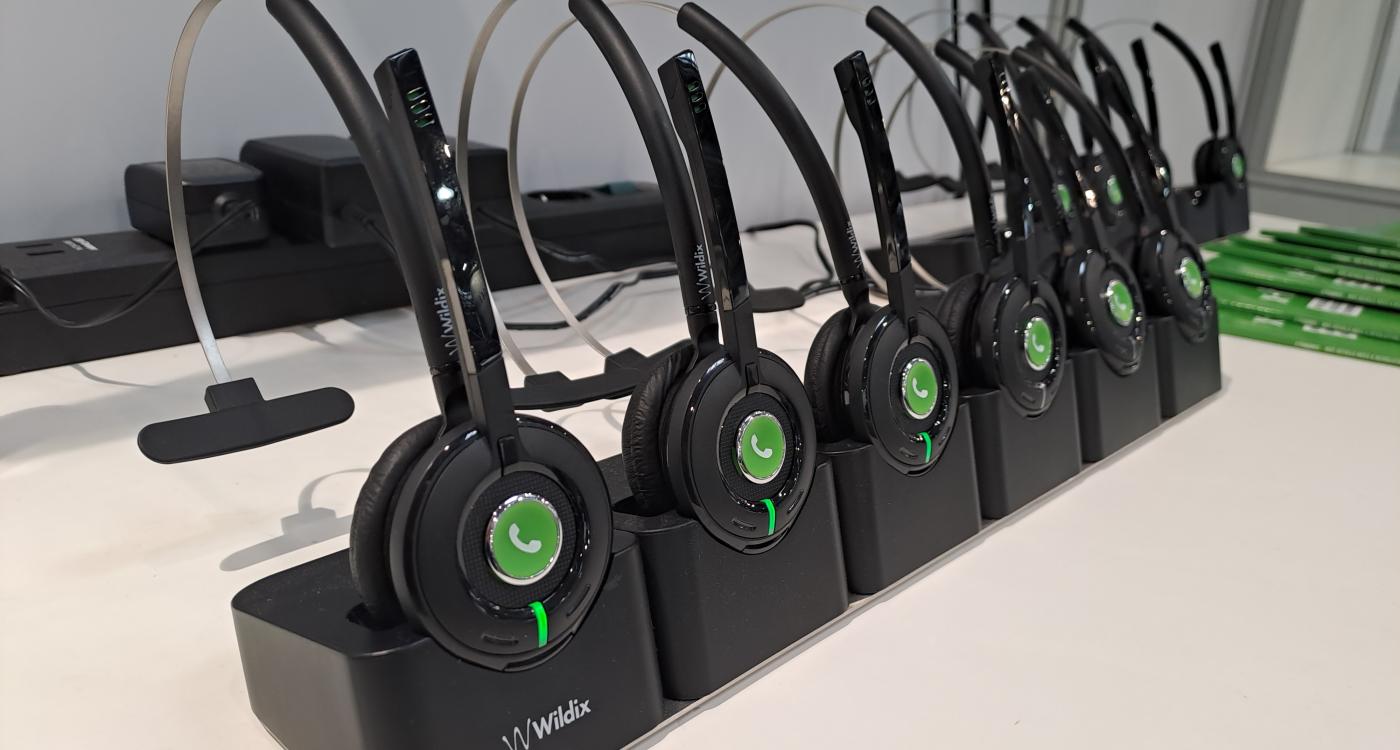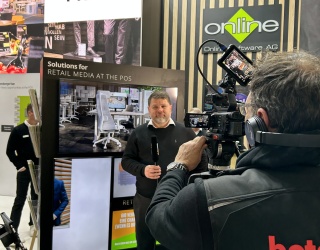Retailers are often faced with the dilemma of combining customer service with operational efficiency. Smart headsets could play a key role in this intersection. These devices could help employees to make tasks such as stock queries or internal communication more fluid. But do they deliver what they promise in everyday life? Sylvia Hölzl, CMO of x-hoppers, explains how work in the store could change.

Sylvia, who in the industry is already using your headsets?
Sylvia Hölzl: Our headsets are already being used in British department stores, such as Holland & Barrett, and they are particularly popular in combination with video surveillance systems. We have also installed them in smaller retailers, such as combined supermarket and post office stores in Wales and England.
The headset looks simple. How is it operated?
Employees wear it during their shift and can communicate with colleagues or call up information at the touch of a button or by voice command. There is a central button for activation and audio commands can be used to switch between different communication channels. The focus of such devices is on seamless and hands-free communication. You can communicate, but you can also do something else at the same time.

I am part of the store staff: How does the device help me in customer service?
Let's say a customer needs help with a product: you no longer have to run into the warehouse to check stock levels, but can request them using an audio command. This means the customer doesn't have to wait in the aisle alone and you save time.
Please explain in more detail how internal communication works. How do employees stay in contact with each other?
This is where our communication platform comes into play. It allows teams to set up channels for specific communication needs. For example, store management could set up a channel for management staff only or set it up so that only certain employees are notified about incidents such as long queues at the checkout. There is also a listening mode where you can hear everything but don't have to speak.
What other functions are there?
In addition to communicating with the merchandise management system, the headset can also be connected to video surveillance systems, for example to identify the queues mentioned above and inform the relevant employees: "You have to go to the checkout". The link to video cameras is particularly popular in smaller stores, as it gives employees additional security and informs them of suspicious incidents or emergencies. The headsets can also be linked to smart shelf systems so that employees are informed when goods are out of stock.

The software behind the headset can also collect data on employee interactions and customer inquiries. This data can then be evaluated via an analytics dashboard, for example to see which products are in demand and to optimize store operations.
And how is the headset integrated into existing systems?
We have numerous interfaces and can connect almost all systems. This enables retailers to integrate the headset into their existing structures without having to introduce completely new systems.
Can store management access the system remotely?
Yes, you can dial in via various channels - whether via the headset, telephone or desktop app. The platform enables comprehensive communication and analysis.
In the end, it's not just about integration into existing store systems, but also about staff acceptance, right?
Absolutely! There is a familiarization phase in which we work closely with employees to ensure that they become familiar with the audio commands and the button. It's important to us that the system supports the staff without being a burden. Feedback shows that this approach works well and the teams quickly learn how to use the headsets.










